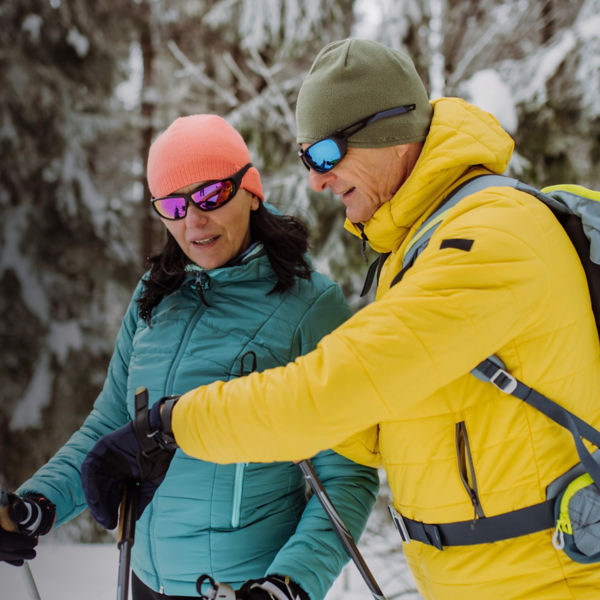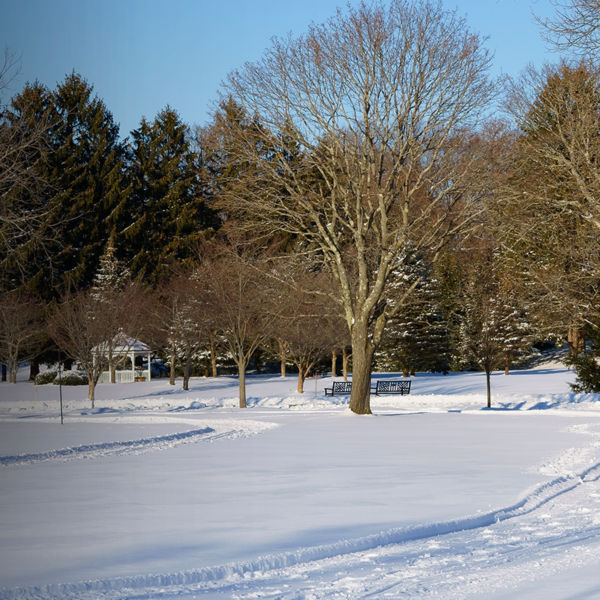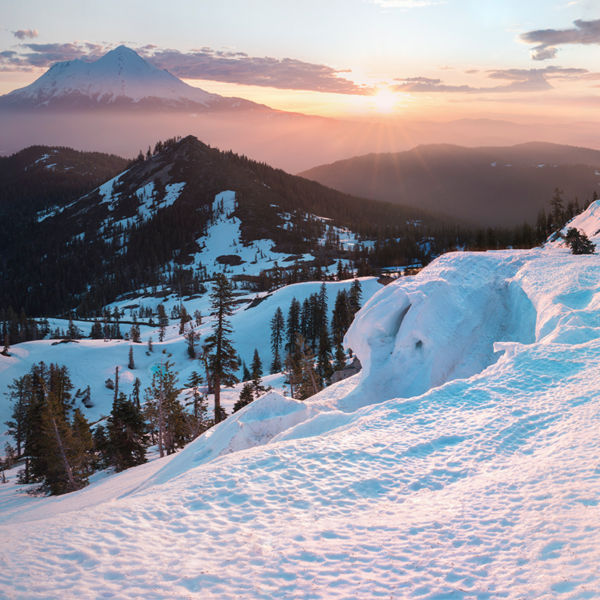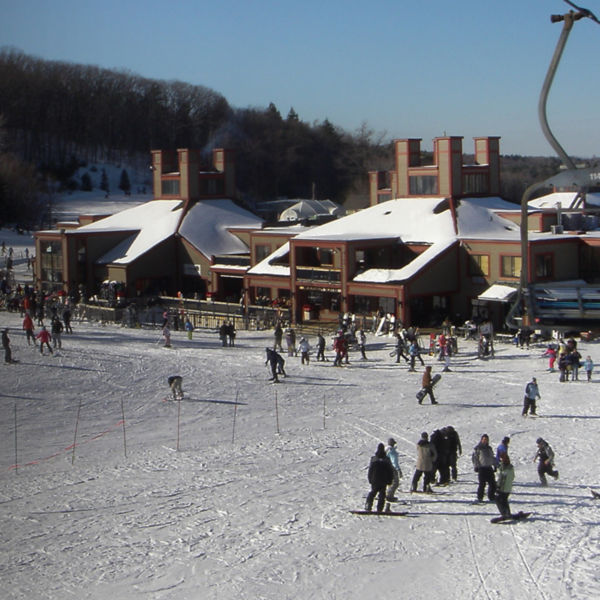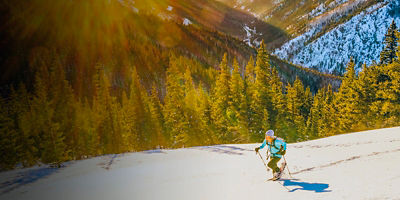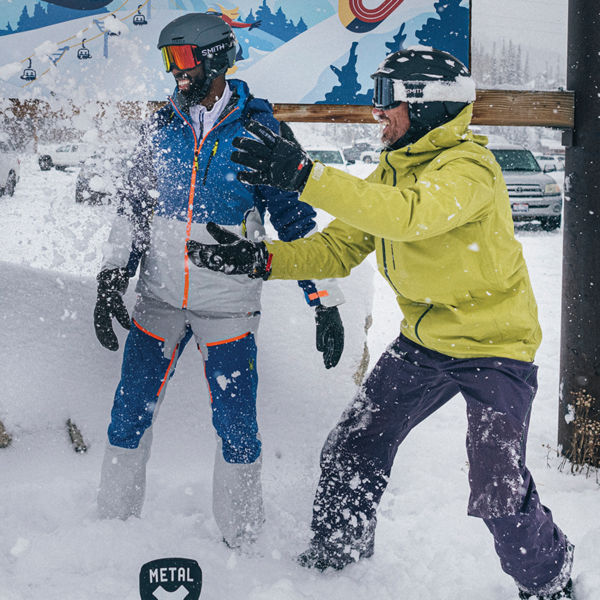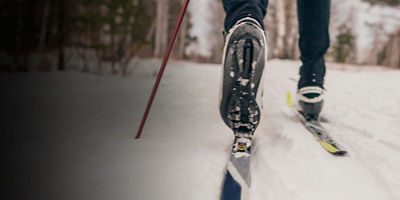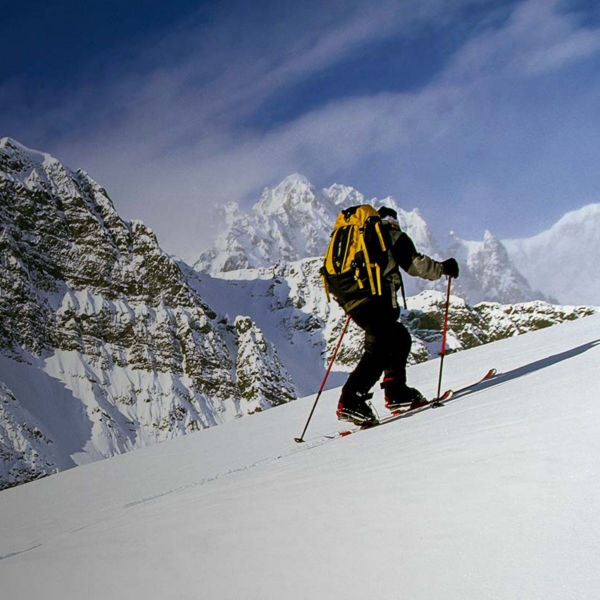
Many ski resorts across the country do far more than simply shuttle skiers and snowboarders up the mountain so they can schuss back down. They also give back, supporting noble measures, from sustainability and land preservation to diversity initiatives, designed to ensure skiing and riding has a future by making it more accessible and ecologically sound. But while plenty of bigger, corporate resorts have dedicated PR teams touting such programs, countless ski areas with a smaller footprint make a large impact outside of the limelight. So, when you’re planning your next winter trip, consider the following resorts where you can ski and ride assured that your recreational dollars are helping make a difference.
Respect for Traditional Land Inhabitants
Two ski-resort members of the National Ski Areas Association (NSAA) are owned by Indigenous groups. With the slopes managed by the same people who have inhabited them for centuries, you know your lift-ticket purchases directly support those lands and their original stewards.
- Ski Apache, located in southern New Mexico’s Sierra Blanca range, is owned and operated by the Mescalero Apache Tribe. Established in 1883, their 463,000-acre reservation borders Lincoln National Forest near the scenic town of Ruidoso. Reflecting the entrepreneurial vision and resilience of the Mescalero Tribe, the country’s southernmost (major) ski resort sits on the flanks of Sierra Blanca Peak, considered sacred ground for the tribe. Fun fact: The eight-lift resort has the only gondola accessing ski slopes in the state.
- Sunrise Park Resort, owned and operated by the White Mountain Apache Tribe, sits 9,200 feet up on the Colorado Plateau atop the White Mountains. There, the 1,200-acre resort consists of three mountains named Sunrise Peak, Cyclone Circle, and Apache Peak, making it the largest ski resort in Arizona—located near the town of Greer, Ariz., on the 1.6 million-acre Fort Apache Indian Reservation.
DEI Efforts
Check out these ski areas working to ensure equitable access to all skiers and riders, regardless of race, color, religion or economic background.
- Mountain Creek is the New York City metro area’s closest four-season mountain resort. As such, the New Jersey area goes out of its way to include programming that makes its 46 trails and eight lifts accessible to everyone. “It has one of the most diverse staffs and consumer bases of any ski area in the country,” says NSAA’s Adrienne Isaac. Credit an innovative system that eases resort transit via buses and other mass transportation, beginners programming designed to ease the learning curve and boost retention, plus an operation that’s paired with Big Snow, the country’s first indoor skiing facility.
- Mountain High, just an hour-and-a-half drive from downtown L.A., bills itself as “where Southern California learns to ski and snowboard.” As such, the ski area offers a slew of programs designed to foster diversity on the slopes, from transportation programs to a robust beginners’ platform designed to facilitate entry into the sport. “It traditionally has one of the largest Asian-Pacific Island consumer groups in the country,” says Isaac. “Even its signs are translated into highly used languages.”








